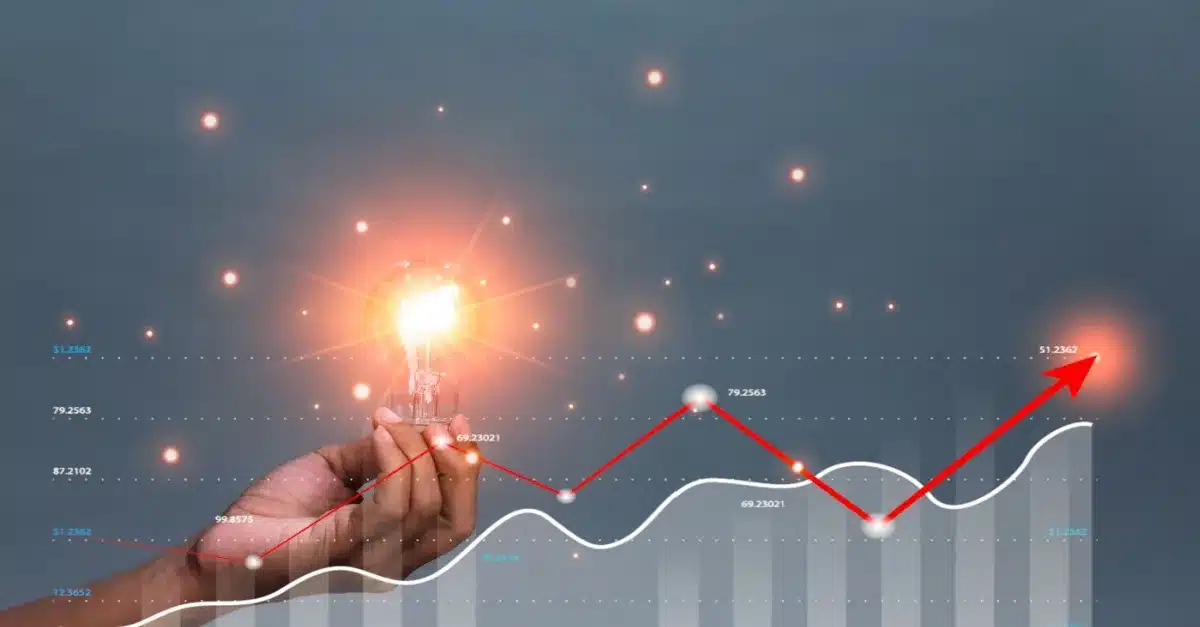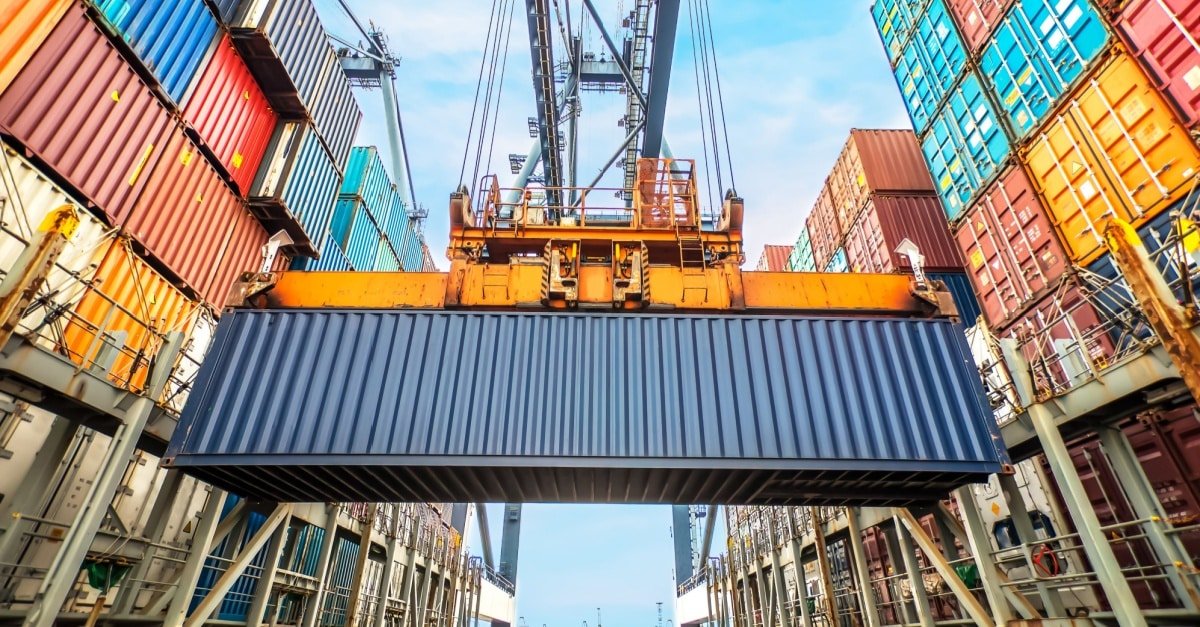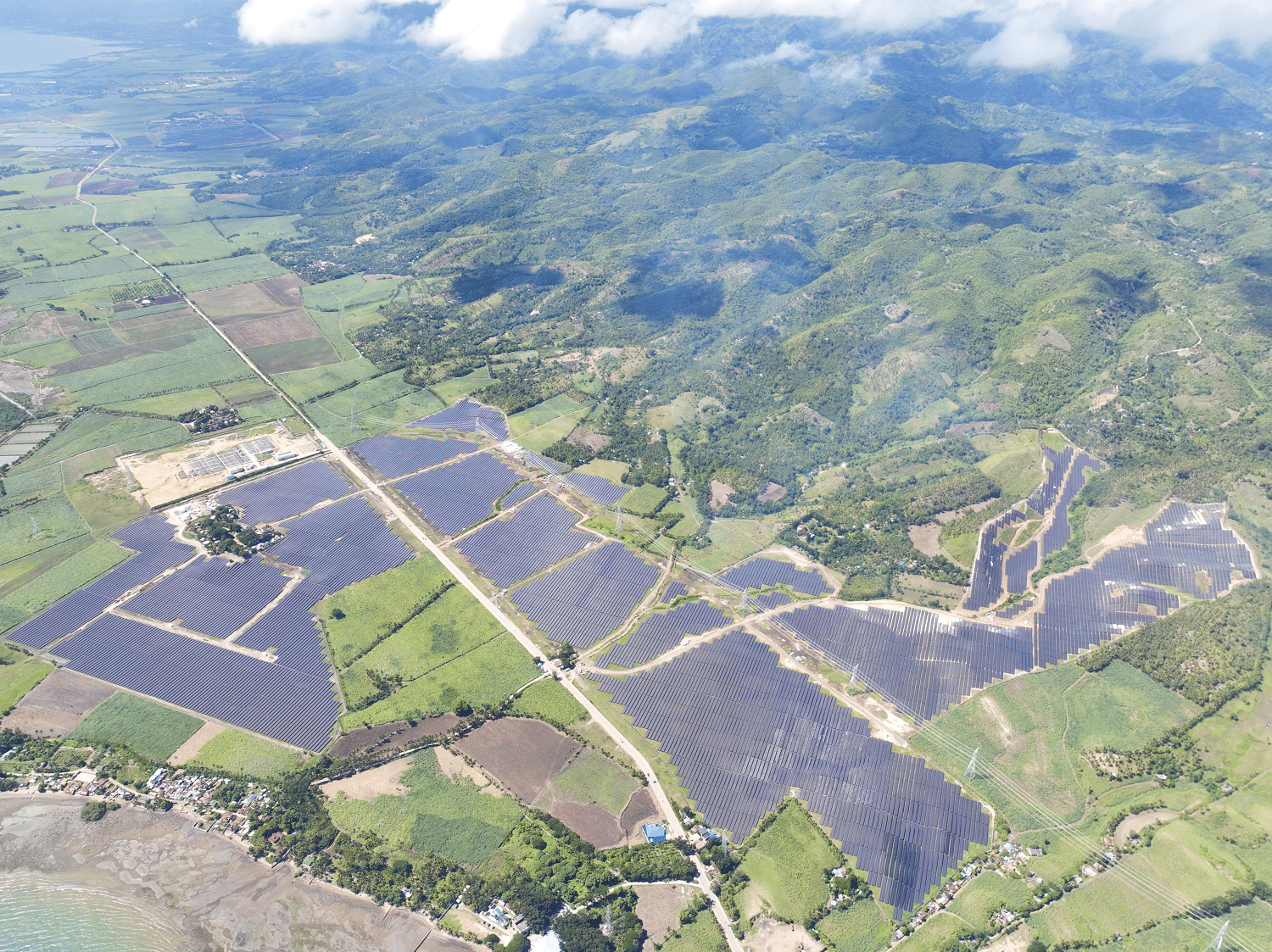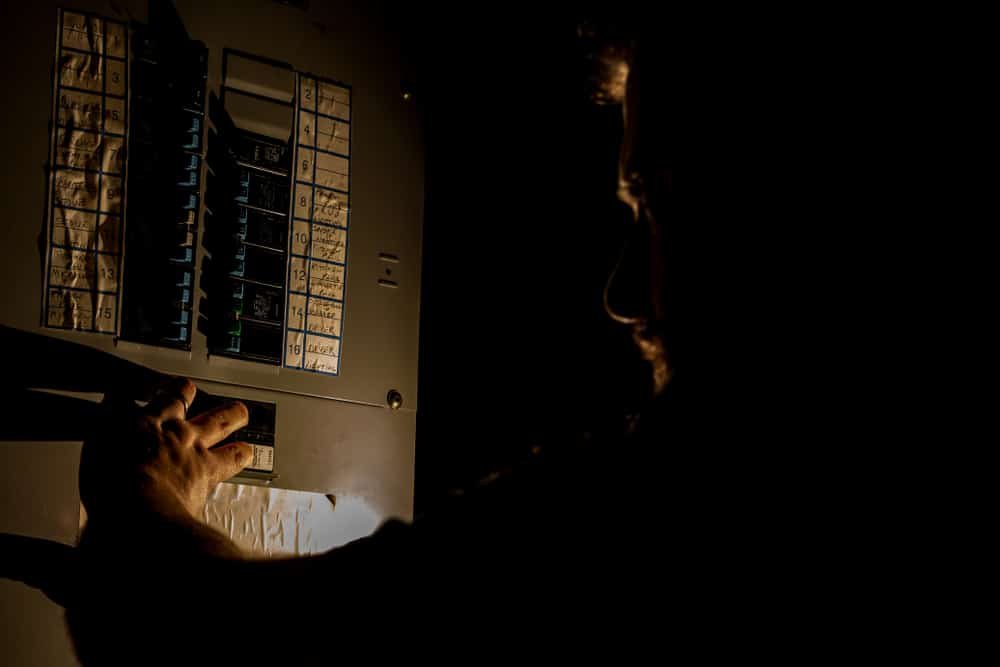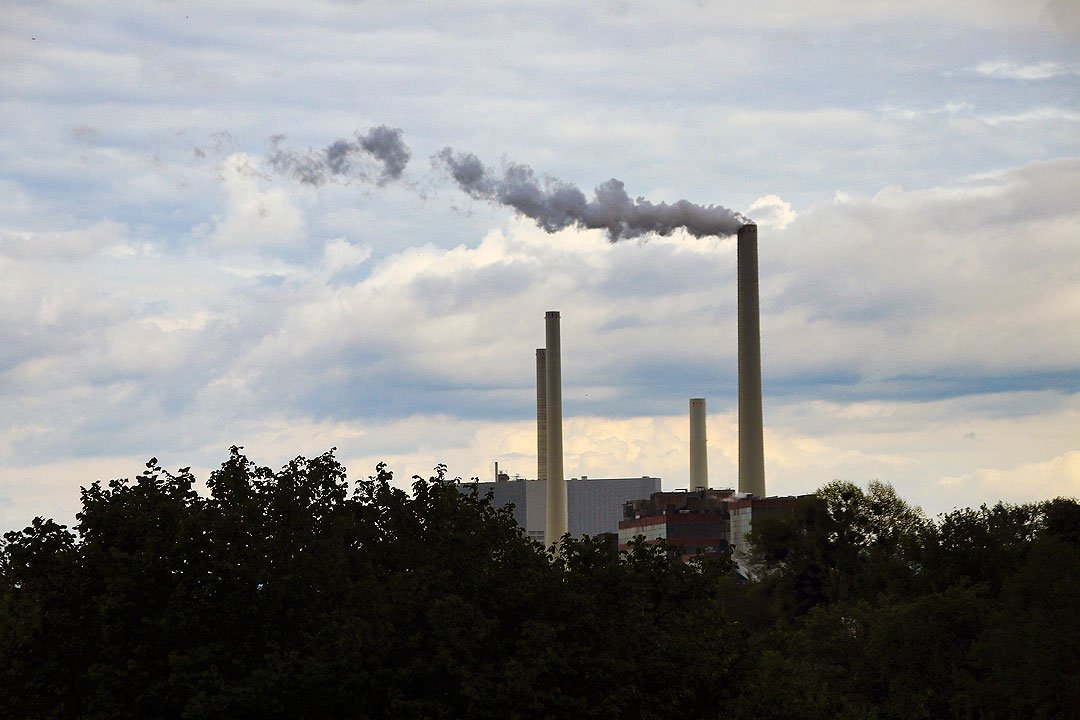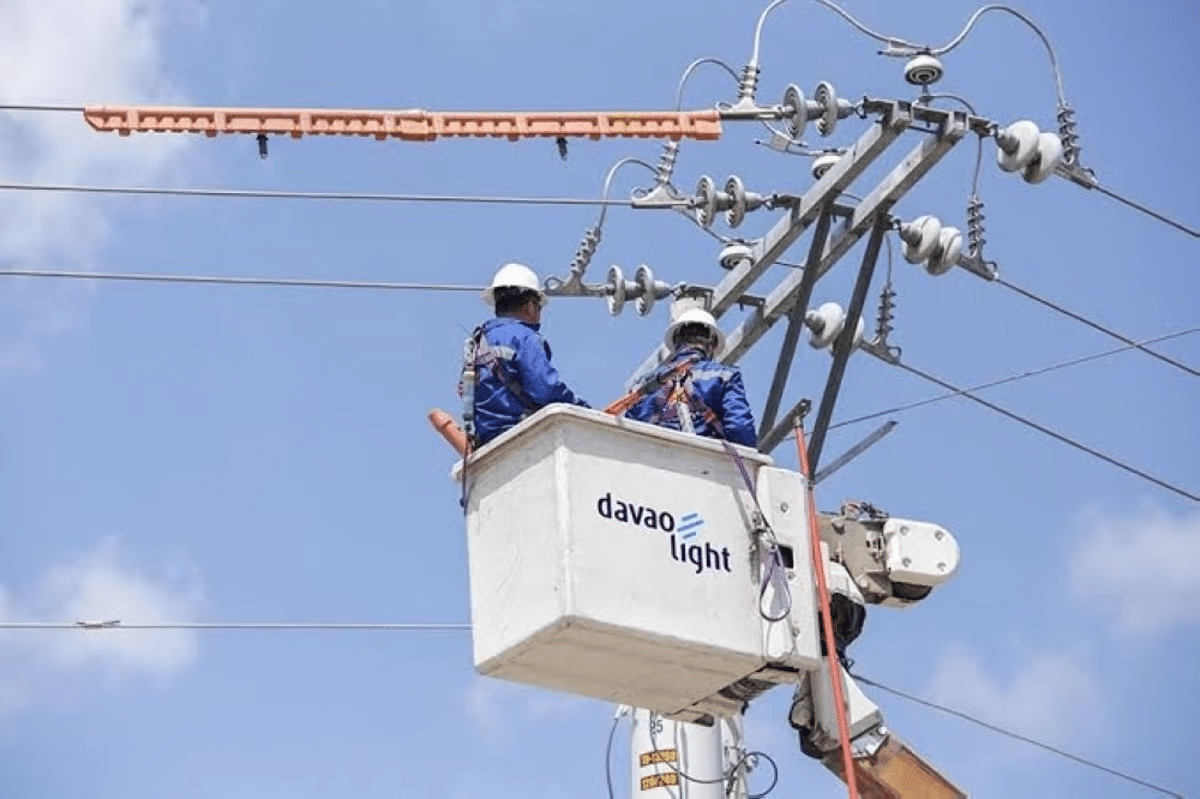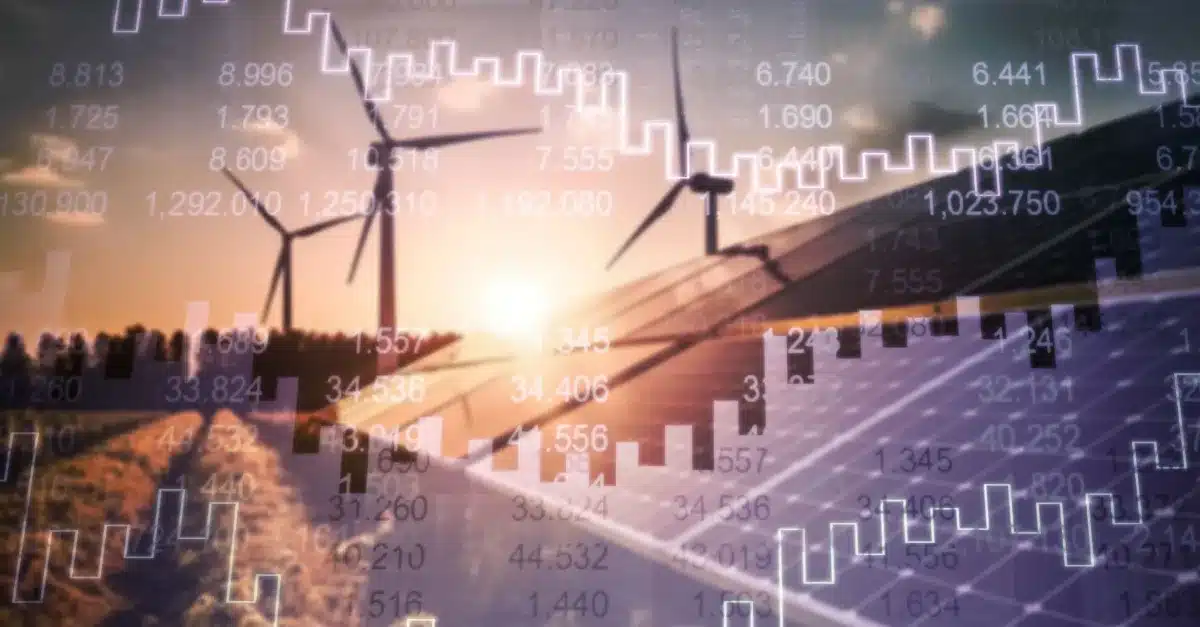
Table of Contents
For the longest time, renewable energy’s viability has been measured through the Levelized Cost of Electricity (LCOE)—a metric that sums up all lifetime costs, such as capital, operations, and fuel, discounted to present value, then divided by the total expected electricity output.
But a De LaSalle University Engr. Jeremy Jay Magdaong argues that traditional metrics like LCOE no longer capture the true costs and system effects of a grid increasingly shaped by renewables.
“We realized it leaves out several important factors that can easily mislead energy planning, especially for systems aiming for higher shares of variable renewable energy sources,” he said.
Why LCOE falls short
LCOE has served as the standard for comparing power generation costs, prized for its simplicity by investors and policymakers. Yet, Magdaong warns that depending on it alone can be misleading.
“Using the wrong metrics can easily paint a misleading picture. For example, the cost of variable renewable energy systems might seem low if we only look at the LCOE, while energy security might appear strong if we focus solely on the share of indigenous sources,” he explained. “These indicators can make very high shares of renewable energy look ideal on paper.”
Without properly understanding the broader energy system, calibration does not fully capture what is needed. Such measures risk higher electricity costs, more frequent blackouts, and reduced reliability—challenges compounded by climate change and shifting wind patterns that could affect future renewable output.
The DLSU team introduced the Systemized Blended Cost of Electricity (SBCOE), a method that moves beyond static averages. By using hourly dispatch simulations, it incorporates demand fluctuations, renewable output patterns, generation mix, and system limitations, offering a clearer and more realistic picture of the full costs of operating the power system.
Magdaong isn’t the first to critique LCOE’s shortcomings. Economist Robert Idel, a Ph.D. graduate from Rice University in the US, created the Levelized Full System Cost of Electricity (LFSCOE) to provide a more comprehensive and accurate measure of energy costs.
Unlike conventional approaches that ignore the intermittent nature of wind and solar, LFSCOE accounts for the additional expenses required to ensure reliability, including storage and backup generation.
(Also read: Grid Warnings Stoke Fears of Another Spanish Blackout)
What SBCOE reveals
Magdaong and his team analyzed two high-renewable pathways: Clean Energy Scenario 1 (CES1) and Clean Energy Scenario 2 (CES2). These are scenario pathways contained in the Philippine Energy Plan (PEP) 2023–2050 and each reflects a distinct renewable generation mix.
CES1 relied more on renewables with less backup from coal and natural gas, making the system vulnerable to shortfalls that could cause brownouts or blackouts. CES2 faced periods of excess power that had to be curtailed and was further challenged by seasonal wind lulls, particularly during the transition between Amihan and Habagat, when demand peaks but wind output drops, raising the risk of supply gaps.
Both CES1 and CES2 cut emissions, with CES2 achieving the largest reduction thanks to its heavy reliance on renewables, especially offshore wind. Yet, this reliance also introduced system challenges.
SBCOE analysis showed that both scenarios would raise total system costs, with CES2 seeing the biggest increase. The higher costs stemmed from three key factors: the expensive capital investment for offshore wind, more frequent curtailment of excess generation, and greater vulnerability to seasonal wind lulls that require backup power to maintain reliability.
The study calculated peso-per-kilowatt hour (kWh) estimates, but these only cover generation and storage. Magdaong noted that SBCOE results indicate overall system costs rise under the clean energy scenarios, with CES2 emerging as the most expensive option.
Insights from LFSCOE
Idel applied LFSCOE to the Philippines in 2024, showing how seasonal weather swings shape the real cost and performance of solar and wind.
Wind power may look strong on paper, but Idel’s analysis shows its performance dips sharply during the summer months. For nearly a quarter of the year, wind output sinks below solar just as electricity demand climbs, raising reliability concerns.
Costs also tell a different story. Even with a higher capacity factor, wind ends up more than twice as expensive as solar because of the country’s long, wind-poor summer season.
The technology’s footprint is another hurdle. Wind remains largely absent in Mindanao, limiting its influence on the national energy mix and making it harder to scale.
Underlying all this is the Philippines’ relatively low per-capita electricity use. With overall demand still modest, the market struggles to support the scale of investment required for major wind developments, slowing the sector’s momentum.
Meanwhile, solar energy faces its own structural challenges. In a country with limited land, large solar farms often compete with agriculture and other essential uses, making it harder to scale the technology.
Cost assumptions also deserve scrutiny. Many estimates exclude land acquisition, and land in the Philippines is expensive. Once these costs are added, the true price of solar could be far higher than current projections.
(Also read: Powering the Future: A Diverse Energy Mix for a Strong Green Transition)
Weighing in on renewable projects
Using more complete metrics helps decision-makers design a power system that’s not only green but also stable and affordable. It helps anticipate the true cost of transitions, avoiding unexpected financial or reliability problems.
According to Eurasia Review, Bloomberg’s 2023 global assessment of LCOE compared costs of renewables with coal, gas, and nuclear, and frames wind and solar as the cheapest options oversimplifies the picture.
The article claimed Bloomberg’s 2023 LCOE analysis misrepresented the cost-effectiveness of wind and solar. LCOE measured only “microeconomic” generation costs and excluded critical categories, making it an unreliable basis for government energy policy.
Some of these were backup or long-duration energy storage, which must match at least 100% of installed wind or solar capacity, and network integration costs, including transmission, distribution, balancing, and conditioning.
Less obvious but equally significant costs include efficiency losses from underutilized assets, the economic and environmental impact of large land use due to low energy density, recycling costs of short-lived materials, environmental damage to ecosystems and climate systems, and raw material inefficiencies, including the energy and emissions embedded in production, transport, and system recycling.
For Idel, the findings highlighted both the promise and challenges of renewables in the Philippines. While solar and wind hold significant potential, their competitiveness depends on factors like seasonality and system-wide costs. Storage expenses are critical, as technologies relying on batteries could become far more viable if prices drop dramatically. Additionally, if reliability standards allow some reliance on backup power during low output, renewables could play a major role in the energy mix without requiring costly storage solutions.
Rising enthusiasm for wind and solar masks a stubborn truth, highlighted by Eurasia Review. The article pointed to leading energy institutions such as the Organization for Economic Co-operation and Development (OECD) and the International Energy Agency (IEA), acknowledging that at the grid scale, wind and solar remain more expensive than coal, gas, and even nuclear power.
“The result is that the proposed ‘energy transition’ would cost over 7 – 10% of the global GDP, amounting to trillions of dollars, and as per IPCC data would supersede the cost of a warming climate,” it wrote. “Claiming ‘renewable’ energy from wind and solar is cheap and comes without environmental consequences, is a crucial and detrimental energy economic misunderstanding.
Meanwhile, the journal entitled Re-Defining System LCOE: Costs and Values of Power Sources by Yuhji Matsuo stated that future decarbonized power systems require a well-balanced energy mix.
“The new ‘energy mix’ would refer to the optimal mix among multiple decarbonized power sources, including various types of dispatchable and intermittent renewable energies, nuclear power, and zero-emission thermal power,” he wrote. “Depending on only a small part of them would lead to higher marginal costs, or larger risks related to energy security or public acceptance issues.”
Amid these discussions, Magdaong stressed that expanding renewable energy serves a purpose beyond generation—it’s a means to secure affordability, reliability, and sustainability.
He added that managing the energy challenge demands careful prioritization and timing.
“We might focus on improving reliability first, while gradually expanding renewable capacity and lowering costs through better planning and technology,” he suggested. “The key is understanding that each country’s path to the energy transition will look different, depending on its resources, needs, and timing.”
Sources:
https://en.wikipedia.org/wiki/Levelized_cost_of_electricity
https://drive.google.com/file/d/19PQgA5jhDs0mC8AK8RvCtapFFUV1F9R-/view



